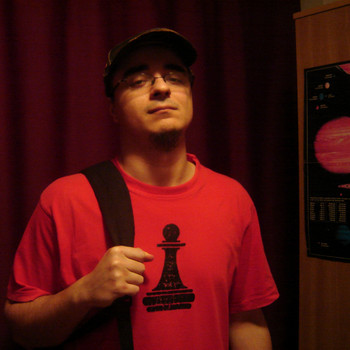Question #d83e7
1 Answer
Here's what I got.
Explanation:
Since you can't really have
#3.01 * 10^(23)color(red)(cancel(color(black)("molecules N"_2))) * overbrace("1 mole N"_2/(6.02 * 10^(23)color(red)(cancel(color(black)("molecules N"_2)))))^(color(blue)("Avogadro's constant"))#
# = "0.500 moles N"_2#
Now, nitrogen gas and hydrogen gas react to form ammonia according to the following balanced chemical equation
#"N"_ (2(g)) + 3"H"_ (2(g)) -> 2"NH"_ (3(g))#
Notice that it takes
#0.500 color(red)(cancel(color(black)("moles N"_2))) * "2 moles NH"_3/(1color(red)(cancel(color(black)("mole N"_2)))) = "1.00 moles NH"_3#
Under Standard Conditions for Pressure and Temperature,
You can thus say that your reaction will produce
#1.00 color(red)(cancel(color(black)("moles NH"_3))) * overbrace("22.7 L"/(1color(red)(cancel(color(black)("mole NH"_3)))))^(color(blue)("under STP conditions")) = color(darkgreen)(ul(color(black)("22.7 L")))#
The answer is rounded to three sig figs, the number of significant figures you have for the number of molecules of nitrogen gas.

